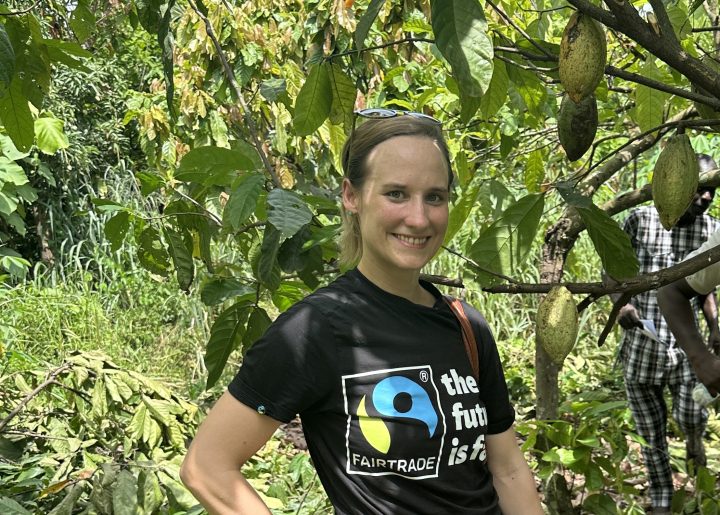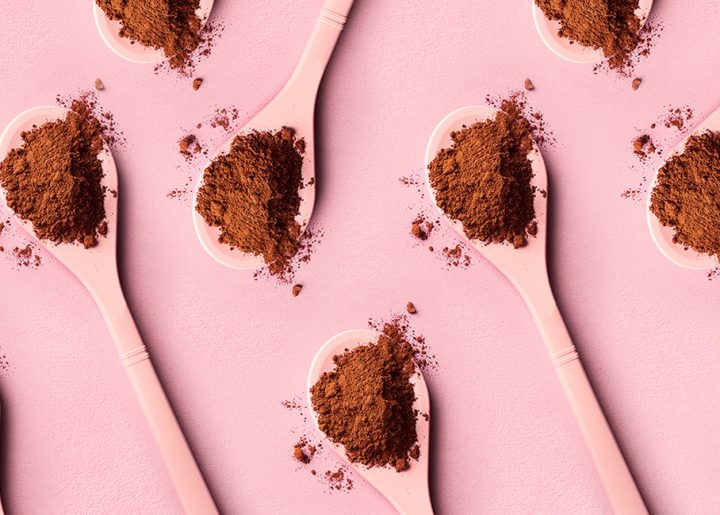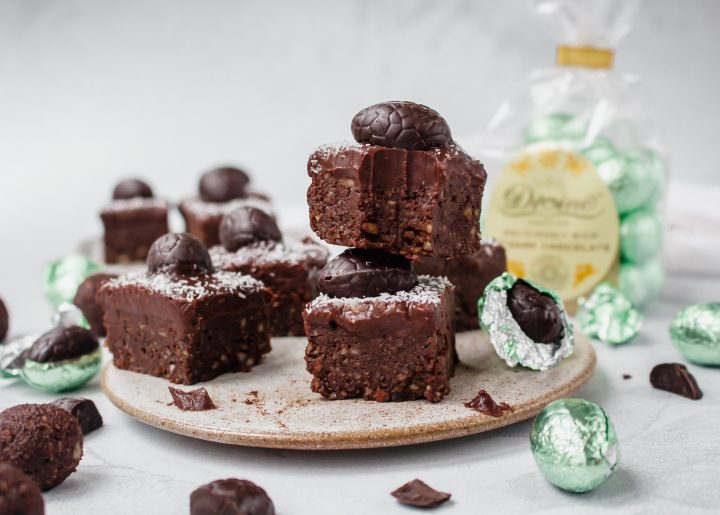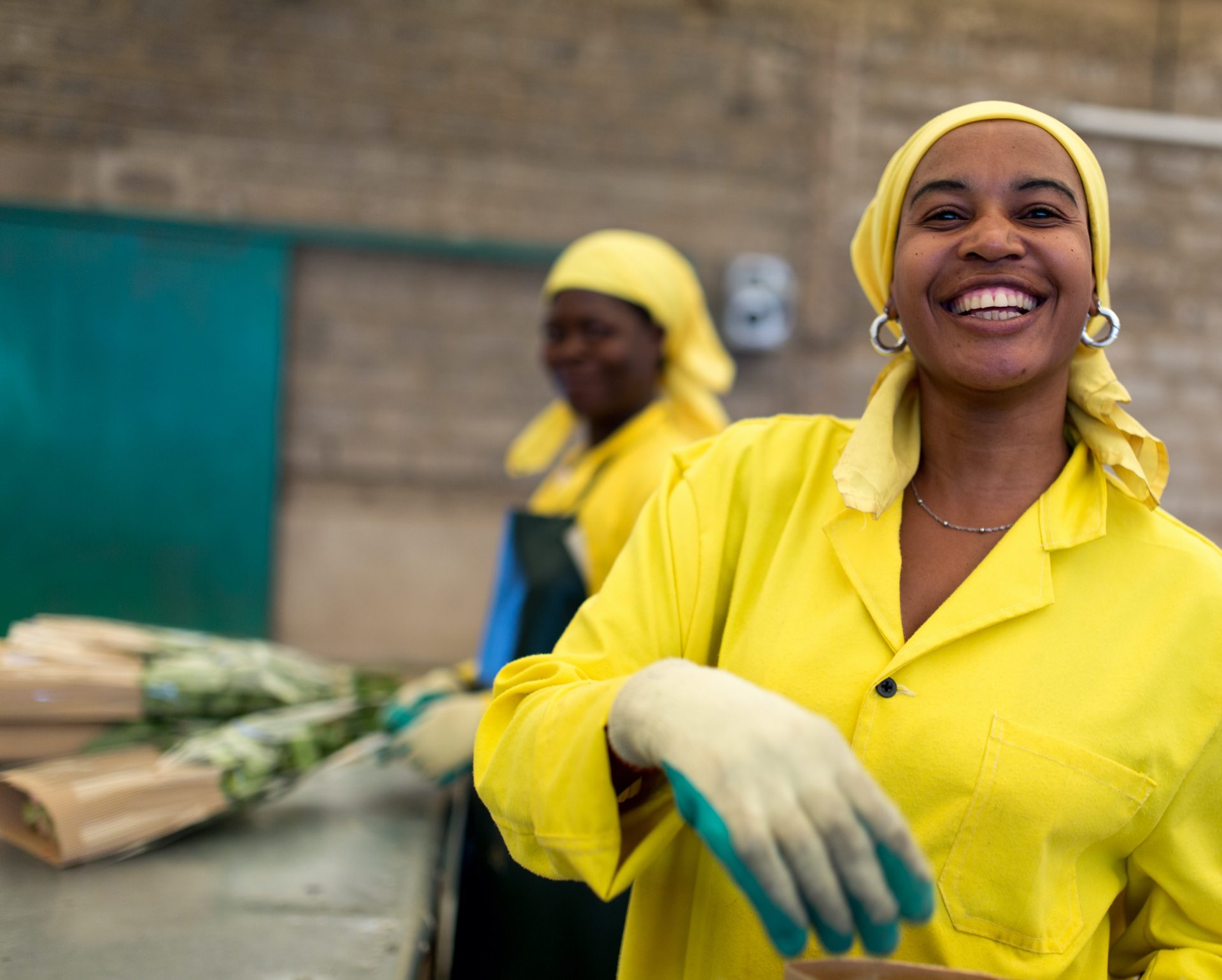10 Tantalizing Chocolate Facts
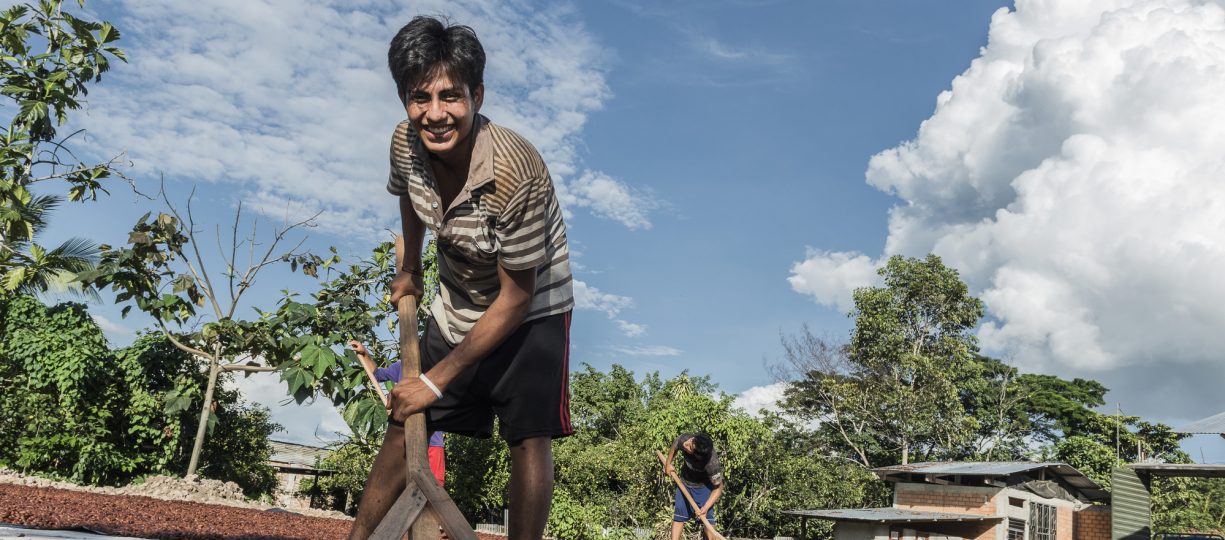
Some say life without chocolate wouldn’t be worth living, but how much do you really know about this indulgent treat? Break open a bar, plop on the sofa, and spend a few minutes learning what makes Fairtrade chocolate so good – and how Fairtrade farmers’ efforts to improve their businesses, adapt to climate change, and assure human rights help ensure the future of chocolate.
1. Cocoa – properly called cacao in its unprocessed form – is made from the seeds encased in the fruit pod of the cacao tree, a tropical plant that originated in Latin America. These seeds are extracted, fermented, dried in the sun and eventually processed into cocoa powder and butter for making chocolate.
2. Around 90% of the world’s cocoa is grown on small-scale family farms. West Africa supplies nearly two thirds of the world’s supply.
3. In Fairtrade, there are currently over 196,890 small-scale cocoa farmers producing the chocolate you love. These farmers are organized into 134 cooperatives across 20 countries.
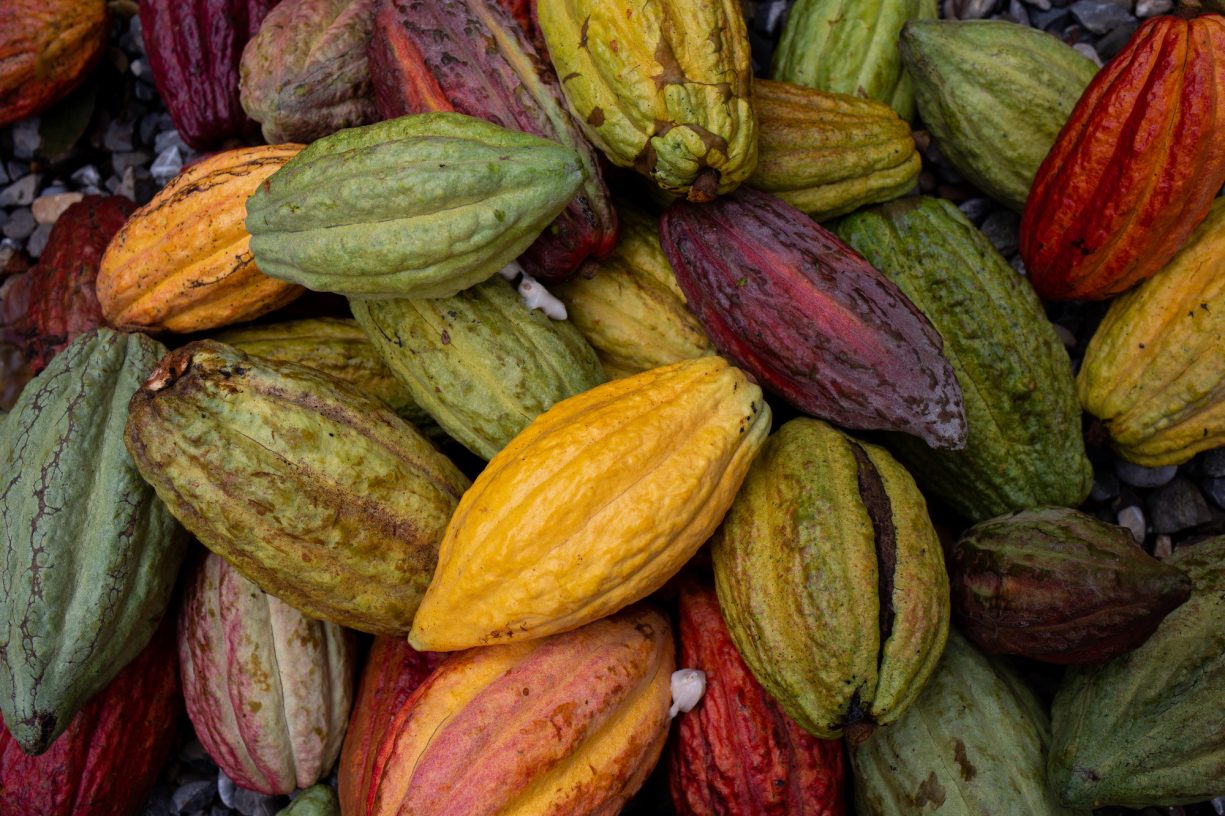
4. 68% of all Fairtrade cocoa comes from small-scale farmers in Africa.
5. The average size of a Fairtrade cocoa farmer’s plot is just 6.4 acres or 4.8 football fields. By comparison, the average size of a family farm in the US is 231 acres.
6. In 2016, Fairtrade America visited cocoa farmers in the Ivory Coast with our partners from Endangered Species Chocolate. Join Chief Operating Officer Bryan Lew on the road here.
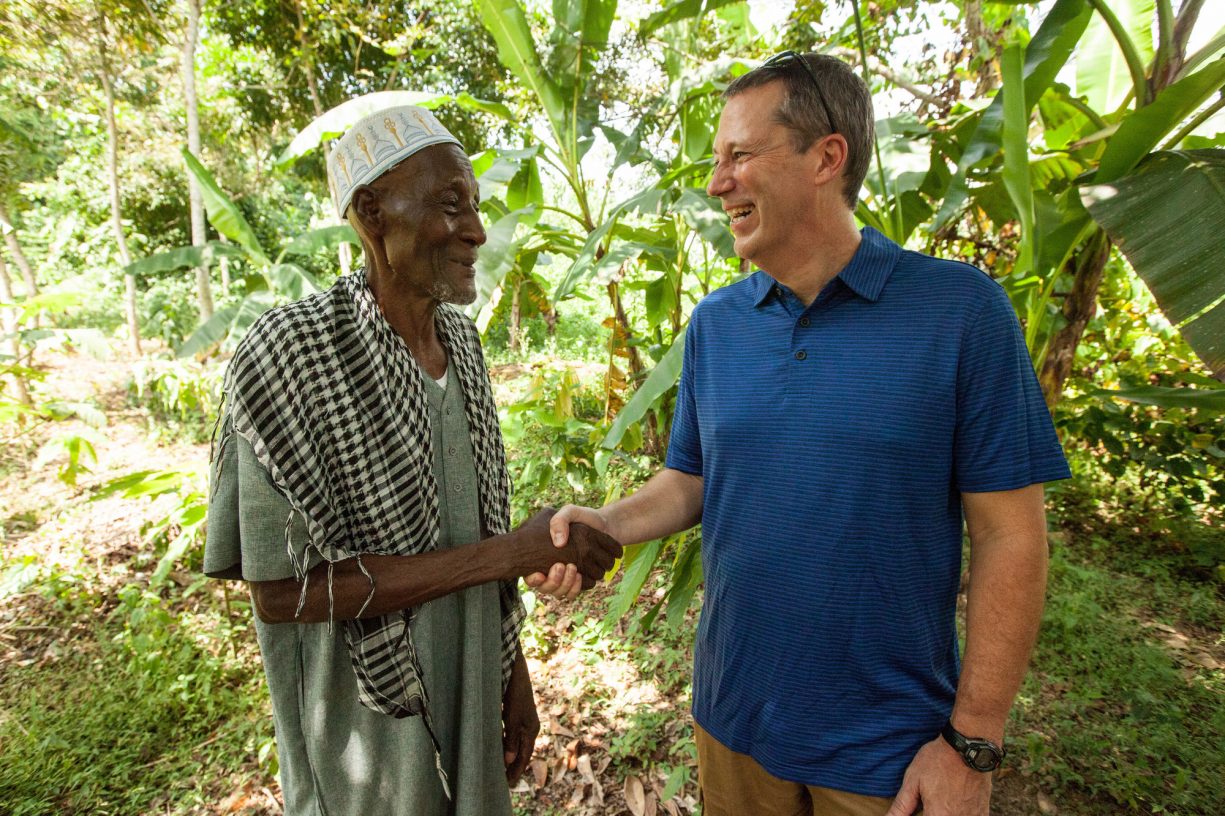
7. Fairtrade farmers’ organizations receive a Fairtrade Premium of $200 per metric tonne of cocoa beans they sell on Fairtrade terms (along with a number of other benefits to being certified). In 2014-15, cocoa cooperatives and associations earned more than $17.7 million in Premium to invest as they see fit.
8. Women in cocoa communities often lag behind men in earnings and recognition for their work, despite their important contributions. The Women’s School of Leadership led by Fairtrade Africa is training a new crop of female leaders in Ivory Coast cocoa cooperatives. Read more about this important effort.
9. Millions of children are at-risk or involved in child labor in West Africa cocoa supply chains. Fairtrade works with farming communties to implement innovative programs using a youth-inclusive, community-based approach to addressing child labor. Read more about Fairtrade’s approach here.
10. One of the biggest contributors to Fairtrade’s impact is the percentage farmers are able sell as Fairtrade. The average cocoa co-op sells just 37% of their total production as Fairtrade terms. When farmers can sell higher volumes as Fairtrade, they reap greater benefits, which is why it’s important to ask your favorite store or brands to go Fairtrade. (Click here if you’re interested in getting certified or carrying Fairtrade products.)
Topics
We’re in this together
Fairtrade America partners with brands on the journey to certification and beyond. We can help with everything from finding a certified supply chain to marketing your newly certified product.
Get in Touch
